We have all witnessed the magic of seeds sprouting, haven’t we? The change from a tiny, seemingly lifeless dot into a thriving plant is truly captivating.
In this article, we delve into the captivating world of sprouting seasons, exploring the drama that unfolds during the growth of seeds.
From the ideal planting time to the optimal conditions for growth, we’ll uncover the secrets behind successful seed sprouting.
So, join us on this scientific journey as we unravel the mysteries of nature’s incredible process.
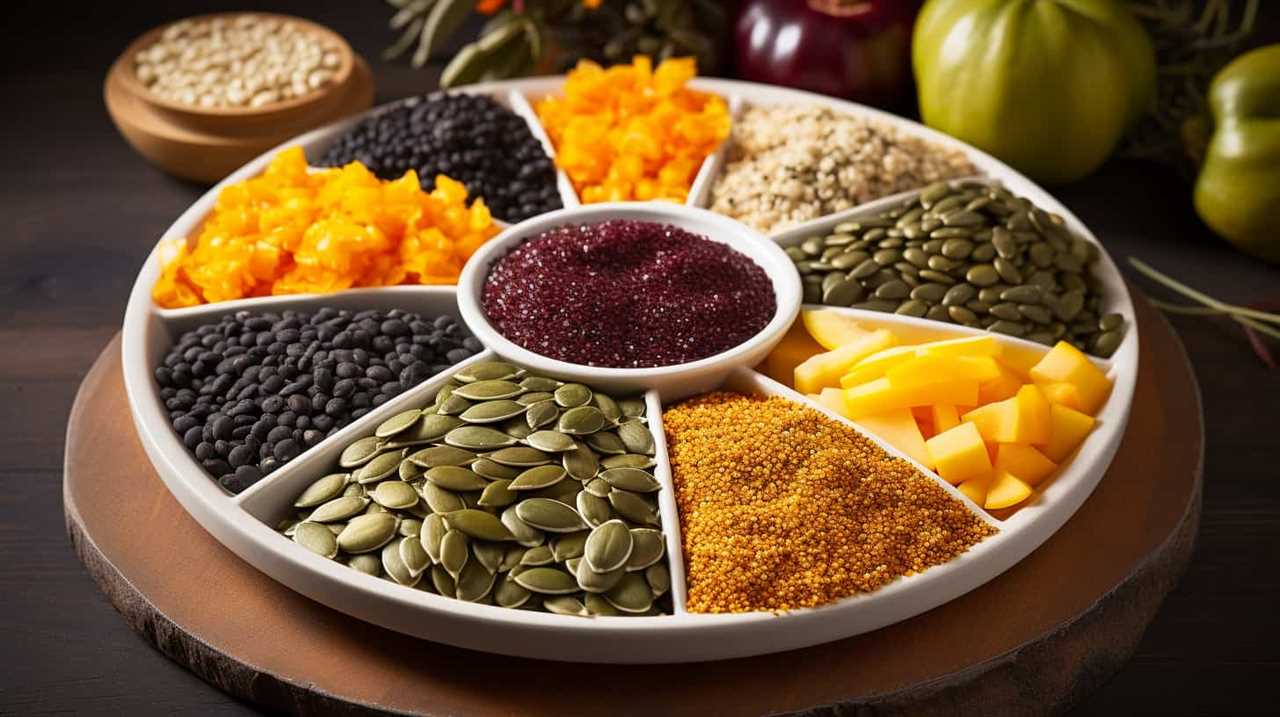
Key Takeaways
- Spring season is the best time for planting chia seeds.
- Chia seeds require a moderate temperature range of 10-20°C for optimal growth.
- Chia seeds need a minimum of 6-8 hours of direct sunlight each day for optimal sprouting.
- Chia seeds prefer well-draining soil with a pH level of 6 to 7.5 for optimal growth.
Best Time to Plant Chia Seeds
The best time to plant chia seeds is during the spring season. Chia seed germination is influenced by various environmental factors, such as temperature, moisture, and sunlight. During spring, the soil temperature is ideal for chia seed germination, ranging between 60 to 70 degrees Fahrenheit. This temperature range promotes faster and more successful germination.
Additionally, spring provides consistent rainfall, ensuring adequate moisture for the seeds to sprout. Before planting, chia seeds can be soaked in water for about 20 minutes. This process, known as chia seed soaking, helps to soften the seed coat and initiate the germination process. Soaking also facilitates the release of enzymes and nutrients, promoting overall seed health.
Ideal Temperature for Chia Seed Growth
For optimal chia seed growth, we need to consider the ideal temperature. The temperature plays a crucial role in the germination and growth rate of chia seeds. Chia seeds require a moderate temperature range to sprout and develop into healthy plants. Extreme temperatures can pose challenges to chia seed germination.
Factors Affecting Chia Seed Growth Rate Table:
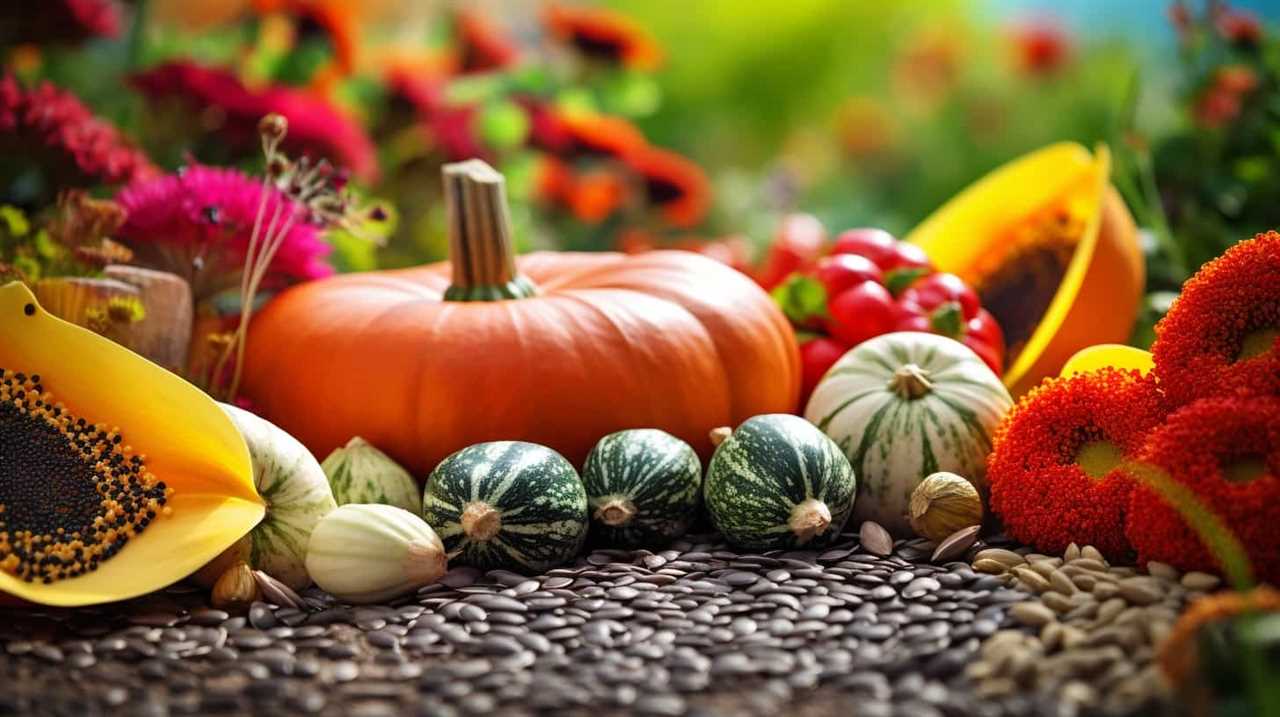
| Temperature Range | Growth Rate | Germination |
|---|---|---|
| Below 10°C | Slow | Delayed |
| 10-20°C | Moderate | Optimal |
| Above 30°C | Slow | Hindered |
In the table above, we can see that temperatures below 10°C result in a slow growth rate and delayed germination. On the other hand, temperatures above 30°C can hinder chia seed growth. The ideal temperature range for chia seed growth is between 10-20°C, where the growth rate is moderate and germination is optimal. By maintaining the ideal temperature, we can ensure successful chia seed growth and ultimately serve others with healthy, nutritious chia plants.
Required Sunlight for Chia Seed Sprouting
After considering the ideal temperature for chia seed growth, let’s now turn our attention to the required sunlight for sprouting these seeds.
Sunlight duration plays a crucial role in the germination process of chia seeds. Chia seeds require adequate exposure to sunlight to initiate and sustain the sprouting process. The duration of sunlight required for optimal sprouting varies depending on several factors, including the specific variety of chia seeds and environmental conditions.
Generally, chia seeds require a minimum of 6-8 hours of direct sunlight each day to ensure successful germination. It’s important to note that excessive sunlight exposure can be detrimental to the sprouting process, leading to seed dehydration and decreased germination rates.
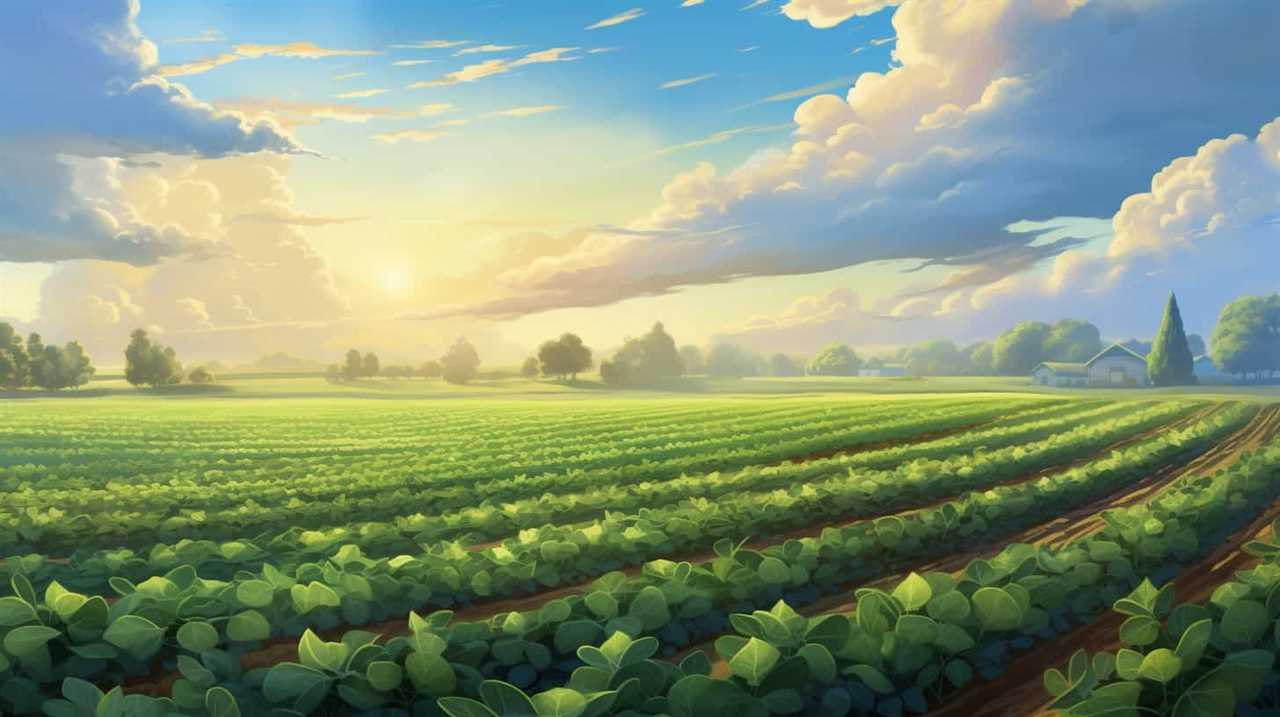
Therefore, it’s recommended to provide chia seeds with the required sunlight duration while also ensuring proper moisture levels to promote healthy sprouting.
Optimal Soil Conditions for Chia Seeds
Let’s now explore the ideal soil conditions for chia seeds. When it comes to soil composition, chia seeds prefer well-draining soil that’s rich in organic matter. This type of soil allows for proper aeration and prevents waterlogging, which can lead to root rot.
Additionally, chia seeds thrive in slightly acidic to neutral soil with a pH level ranging from 6 to 7.5.
In terms of watering frequency, chia seeds require moderate watering. It’s important to keep the soil consistently moist but not waterlogged. Overwatering can cause the seeds to rot while underwatering can hinder germination. To maintain optimal moisture levels, it’s recommended to water the seeds evenly and regularly, ensuring that the top layer of soil remains moist but not saturated.
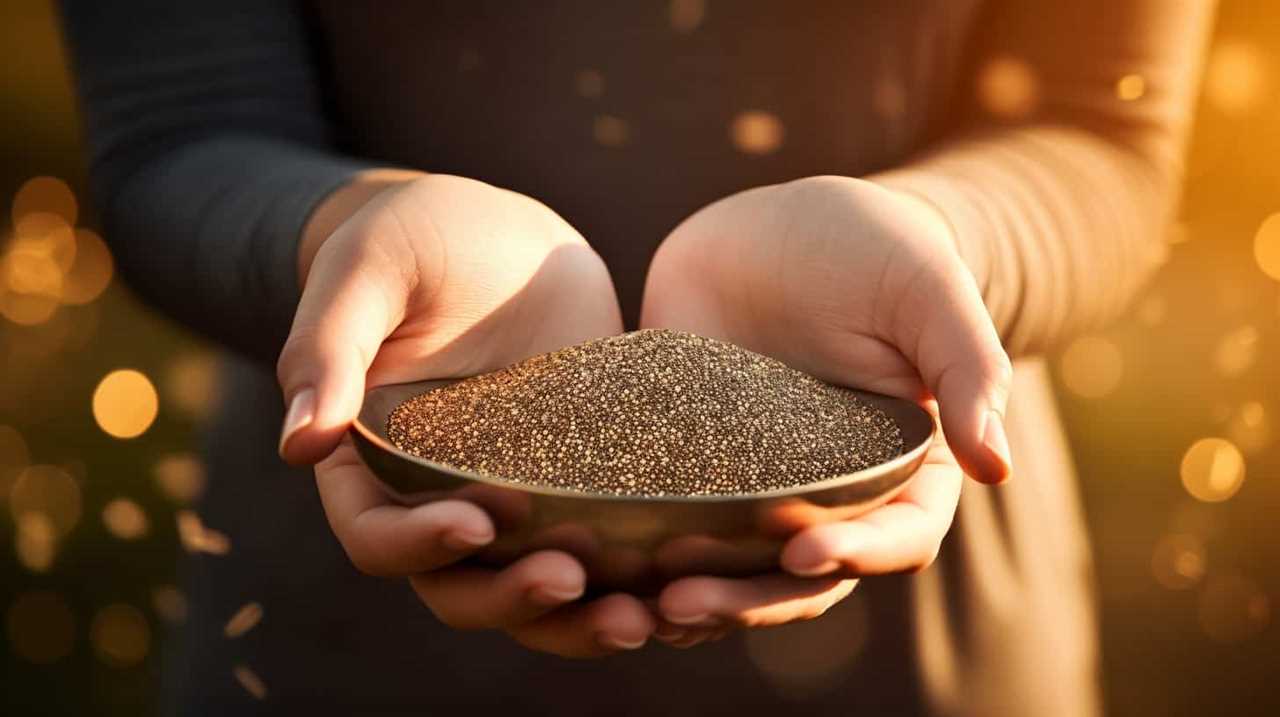
Harvesting Chia Seeds: When and How
Our harvest of chia seeds begins when the plants have reached their peak ripeness. This is usually about 90-100 days after planting, when the flowers have dried up and the seed heads have turned brown. At this stage, the chia seeds are ready to be harvested.
We gently shake the seed heads or use a small handheld rake to loosen the seeds, allowing them to fall into a container. It’s important to harvest the seeds on a dry day to prevent moisture from affecting their quality.
After harvesting, the chia seeds should be stored in an airtight container in a cool, dry place to maintain their freshness and nutritional value. Chia seeds are known for their numerous health benefits, including being a great source of fiber, omega-3 fatty acids, and antioxidants.
They can be used in a variety of chia seed recipes, such as smoothies, puddings, and baked goods, to add a nutritional boost to your meals.
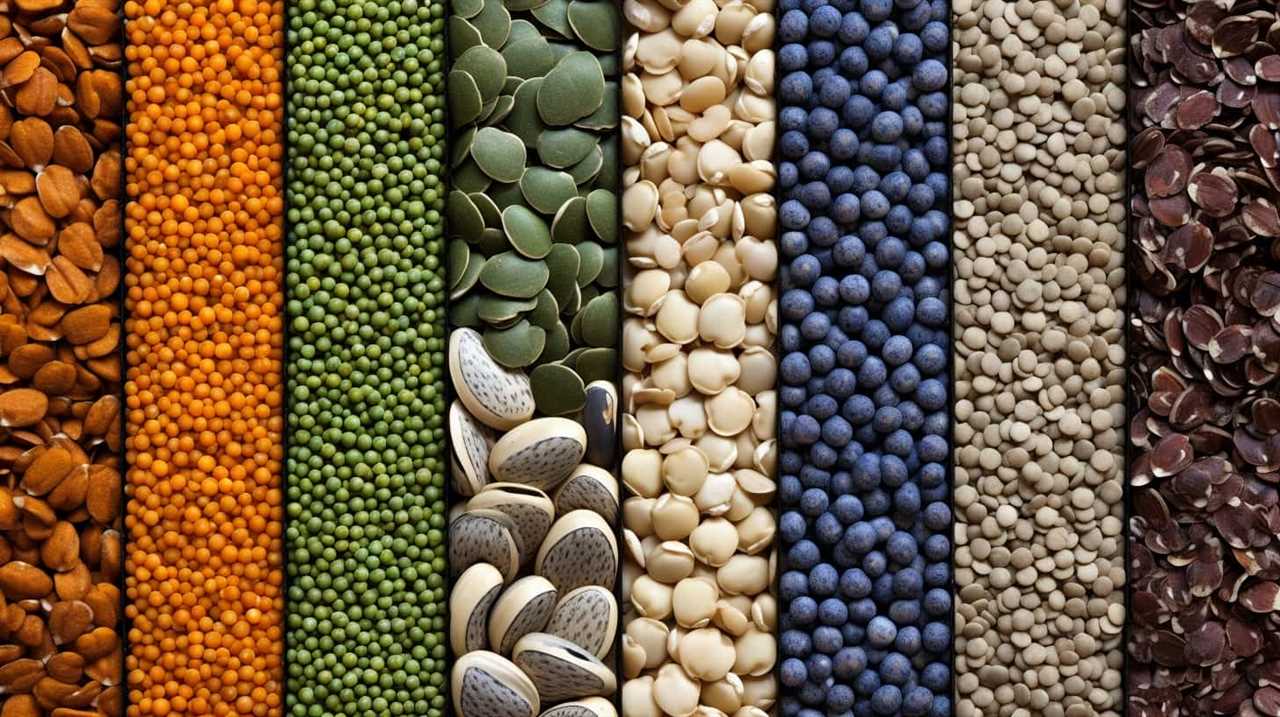
Frequently Asked Questions
Can Chia Seeds Be Planted in Any Season Other Than the Recommended Sprouting Seasons?
Yes, chia seeds can be planted in off seasons, outside the recommended sprouting seasons. However, it is important to consider the specific climate and conditions, as growing chia seeds in unconventional seasons may affect their growth and yield.
What Are Some Common Challenges or Problems Faced When Growing Chia Seeds?
When growing chia seeds, we often encounter common challenges such as nutrient deficiencies, overwatering, or underwatering. These problems can hinder their growth and require careful attention to ensure their healthy development.
Are There Any Specific Pests or Diseases That Chia Seeds Are Susceptible To?
Pest and disease management for chia seeds is crucial to ensure optimal production. We must stay vigilant against potential threats that can impact chia seed yield. Understanding the specific pests and diseases is key to effective prevention and control measures.
Can Chia Seeds Be Grown Indoors or in Containers?
Growing chia seeds indoors or in containers is possible. It allows for better control of environmental conditions and can extend the growing season. Adequate light, proper drainage, and regular watering are essential for successful container gardening with chia seeds.

What Are the Different Methods of Harvesting Chia Seeds and How Do They Affect the Quality?
Different methods of harvesting chia seeds can impact their quality. It is important to follow best practices for harvesting to ensure optimal results. The quality of the seeds can be influenced by factors such as timing, technique, and storage conditions.
Conclusion
In conclusion, understanding the optimal conditions for chia seed growth is crucial for successful cultivation.
By planting chia seeds during the best time, providing the ideal temperature and sunlight, and ensuring optimal soil conditions, we can maximize the yield of these nutritious seeds.
Additionally, harvesting chia seeds at the right time and using proper techniques will ensure the highest quality for our future use.
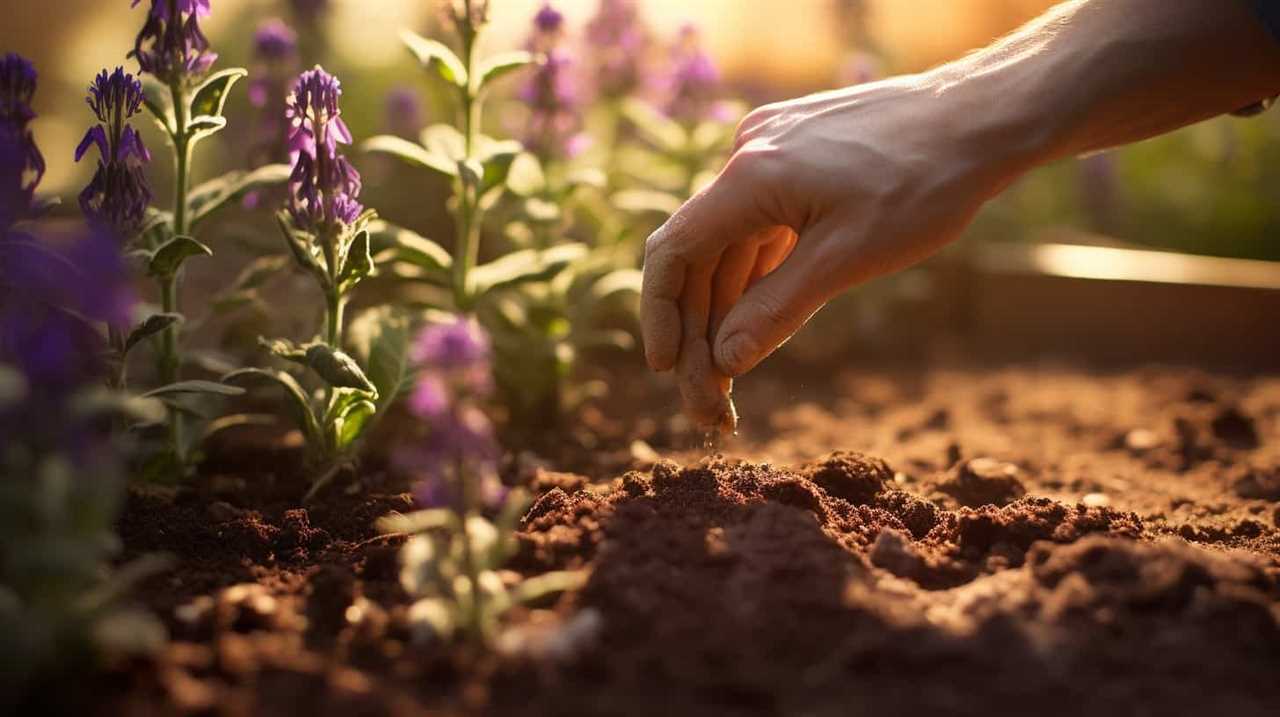
It’s through careful attention to these factors that we can fully appreciate the drama and beauty of seed growth.









